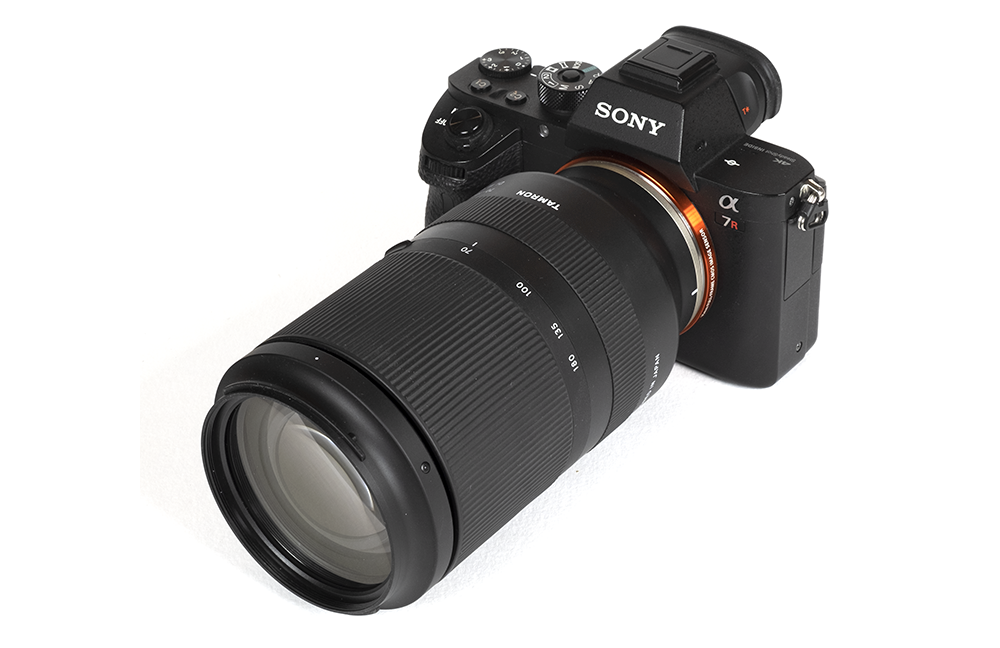by Klaus Schroiff, published February 2021
Introduction
The Tamron 70-180mm f/2.8 Di III VXD is a member of Tamron’s own “holy trinity” of fast f/2.8 zoom lenses with the other ones being the recently reviewed 17-28mm f/2.8 and the 28-75mm f/2.8.
These 3 lenses share a very similar philosophy – they are smaller, much more light-weight, and also more affordable than comparable lenses from other manufacturers. This is especially true for the 70-180mm f/2.8 which has a rather radical design comparable to the Canon RF 70-200mm f/2.8 USM L IS with the Tamron lens going even further in some respects. At a price of around 1200 USD/EUR, it is also far more affordable than Sony’s own FE 70-200mm f/2.8 GM OSS.
Almost all 70-200mm f/2.8 lenses feature a non-extending zoom mechanism. Tamron, just like Canon RF, departed from this characteristic so the length of the lens increases the more you zoom out. Combined with the slightly shortened focal length and the use of an XR element, it enabled Tamron to drastically reduce the size (81x149mm) at its 70mm setting. Additionally, Tamron used their very light-weight body materials resulting in a weight of merely 810g. For comparison – the Sony FE 70-200mm f/2.8 GM OSS weights almost twice as much. Tamron also omitted the tripod mount altogether – probably knowing that these lenses are rarely used on tripods anyway. On top of that, you won’t even find an AF/MF switch. There is, however, a transport lock switch to avoid zoom creeping although we didn’t notice that this is a problem in our sample. As far as build quality goes, we rate it on a high consumer-grade level. It’s tightly assembled and the controls operate smoothly. You don’t really get the impression that you could take it into a war zone though (if that’s your thing anyway). That being said, it’s a moisture-resistant construction and it’ll be tough enough for amateur needs anyway. A petal-shaped lens hood is part of the package.

The lens uses Tamron’s VXD (Voice-coil eXtreme-torque Drive) for quiet autofocusing. On our rather oldish A7R II, we noticed that the AF is fast at f/2.8 but slows down beyond due to additional micro-adjustments (more on this later). Manual focusing is, as usual, by-wire, and it’s a very precise mechanism. In AF mode, it can focus down to 0.85mm or 1:4.6 magnification which is very impressive already. Curiously, you can focus down even further in manual focus mode with a maximum magnification of 1:2 at 70mm – that’s macro territory. A floating system should also counter the decrease in image quality at shorter focus distances. The Tamron lens does NOT feature a built-in image stabilizer thus you’d have to rely on the IBIS (camera IS). While this is usually good enough, in-lens IS tends to be a bit better at longer focal lengths.
| Specifications | |
|---|---|
| Optical construction | 19 elements in 14 groups inc. 1x molded aspherical, 1xXLD, 4xLD, 2x hybrid elements, floating system |
| Number of aperture blades | 9 (rounded) |
| min. focus distance | 0.85m (max magnification 1:4.6, up to 1:2 using MF at 70mm) |
| Dimensions | 81x149mm |
| Weight | 810g |
| Filter size | 67mm |
| Hood | petal-shaped, bayonet mount, supplied |
| Other features | moisture-resistant, transport lock |
Distortion
The distortion characteristic of the Tamron 70-180mm f/2.8 Di III VXD is a bit of a mixed bag. Or in other words – it relies heavily on auto-correction. In RAW images, images are almost free of distortion at 70mm but it goes downhill from there. At 120mm we noticed a pincushion distortion of ~1.6% which is sort-of acceptable for such a lens but this increases to a whopping ~3% at 180mm which is among the worst (the worst?) that we have seen in this lens class.
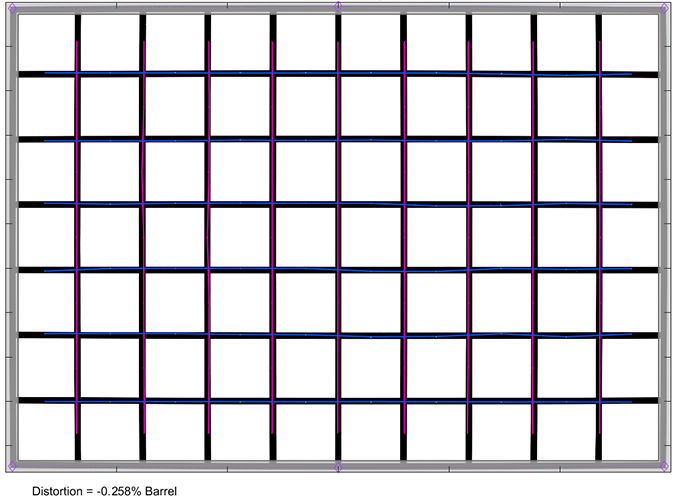

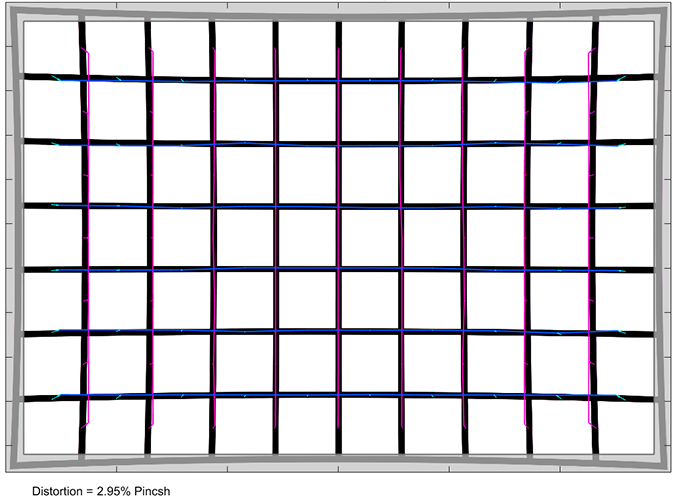
With activated image auto-correction, the distortions are perfectly fine as you can see below. Please note that distortion-correction isn’t lossless.
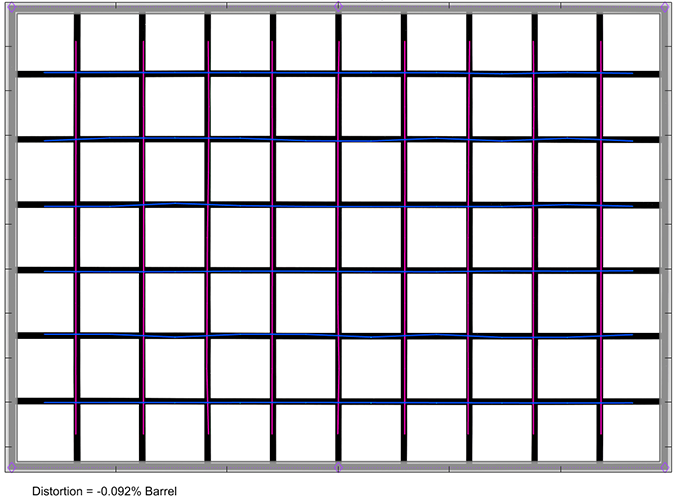
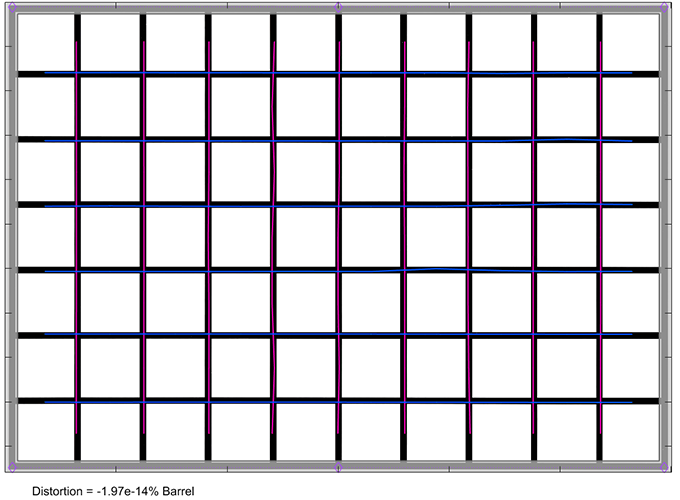
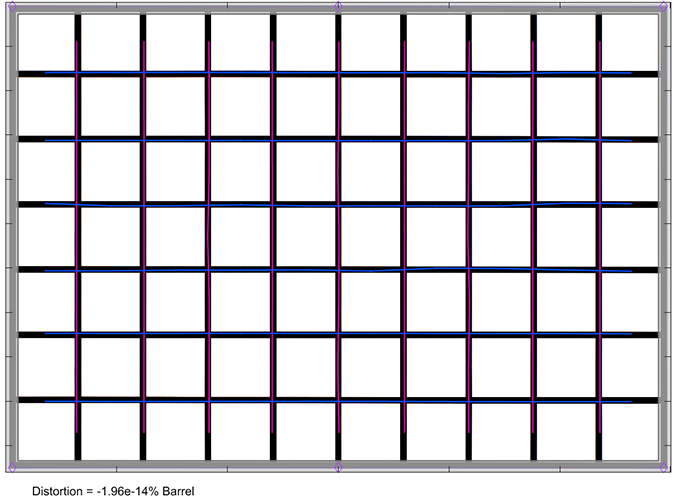
Vignetting
The RAW vignetting is slightly higher than average for a fast tele zoom lens. At maximum aperture, the light falloff remains relatively moderate at 70mm and 120mm but increases substantially to 2.4EV (f-stops) at 180mm. This is clearly visible in most scenes if you prefer to show without correction. Stopping down to f/4 reduces the issue to a non-disturbing degree in the lower range but at 180mm you’ll need another stop for decent results.
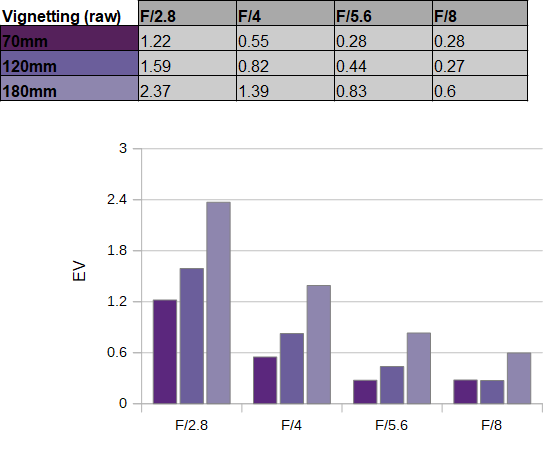
Thus it’s best to stick with auto-correction which reduces the issue quite a bit. Tamron’s correction profile is fairly moderate so some vignetting remains at f/2.8 and just under 1EV (f-stops). Another stop or two does help with reducing this further.
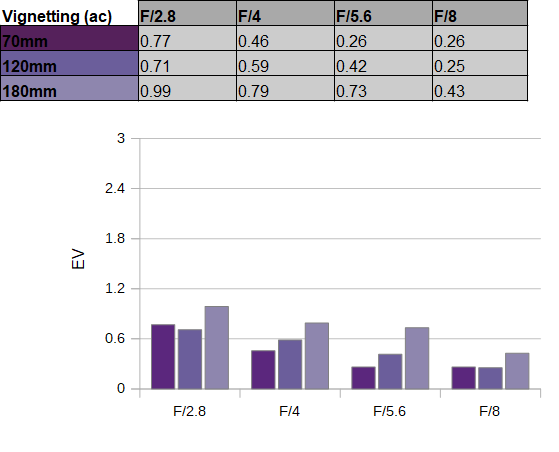
MTF (resolution)
A major strength of the Tamron 70-180mm f/2.8 Di III VXD is certainly its resolution characteristic. At 70mm and 120mm, the center quality is already great at f/2.8, and the outer image region is on a very good level. The peak performance at these settings is reached between f/4 and f/5.6 where the borders/corners also scratch the excellent mark. This changes slightly at 180mm. Surprisingly the center remains top-notch but the border-/corner-quality is reduced to a good level at f/2.8. This improves slightly at f/4 and f/5.6 albeit the borders/corners don’t reach the sky-high levels that we have seen at the shorter focal lengths. Overall this is still very impressive especially with respect to the center quality.
The field curvature is low. The centering quality of the tested sample was good. We have noticed some residual spherical aberrations (=focus shifts) at 70mm which may also be the reason why the AF is trying to micro-correct following the initial focus at apertures smaller than f/2.8.
Please note that the MTF results are not directly comparable across the different systems!
Below is a simplified summary of the formal findings. The chart shows line widths per picture height (LW/PH) which can be taken as a measure for sharpness. If you want to know more about the MTF50 figures you may check out the corresponding Imatest Explanations

Chromatic Aberrations (CAs)
A somewhat similar pattern can be observed with respect to CAs. They are almost negligible at 70-120mm whereas there’s an increase at 180mm. With an average CA pixel width of 1-1.3px, the issue remains very manageable though. And, once again, it’s nothing to worry about with auto-correction – which is lossless in this case.

Bokeh
If you invest in such a lens, you tend to do it for its depth-of-field capabilities, and, accordingly, the quality of the bokeh is an important criterion as well.
One aspect is the rendering of out-of-focus highlights. As you can see below, it isn’t really a strength of this lens albeit to be fair – the comparable Sony lenses aren’t really better either. The inner zone of the discs is fairly busy. On the positive side, the discs are pretty circular even at f/5.6 (in the center) and there’s no obvious outlining.

The shape of the highlights tends to deteriorate towards the image borders – this is due to mechanical vignetting. The Tamron lens does a good job here with circular discs being maintained across a pretty broad center zone. Cat eyes are obvious in the corners though. The “good” zone broadens when stopping down but the corners discs aren’t really restored prior to f/5.6.
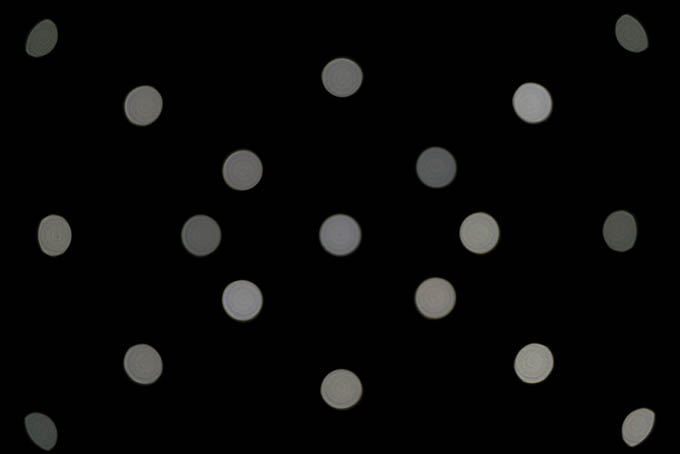
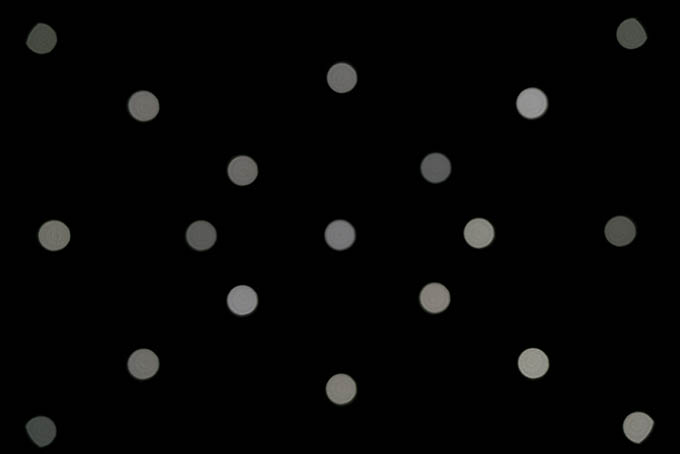
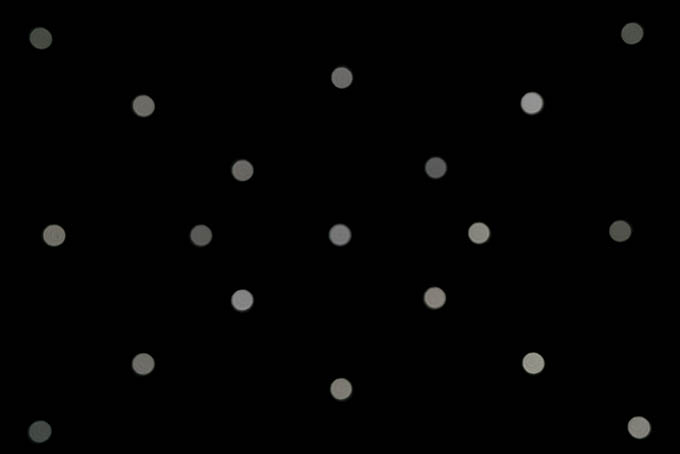
The general rendition in the focus transition zones is very smooth both in the background (shown to the left below) whereas the foreground (to the right) shows rather distinctive shadows at harsh contrast transitions.

Bokeh Fringing (LoCA)
Bokeh fringing – also referred to as LoCAs – is a color fringing effect on the Z-axis. It shows up as purplish halos in front of the in-focus zone and greenish beyond.
It may be surprising but the Tamron 70-180mm f/2.8 Di III VXD does an excellent job in this respect. There are only traces of LoCAs visible at f/2.8 and they are gone by f/4. This is very rare and highly commendable – even more so for a rather affordable lens.

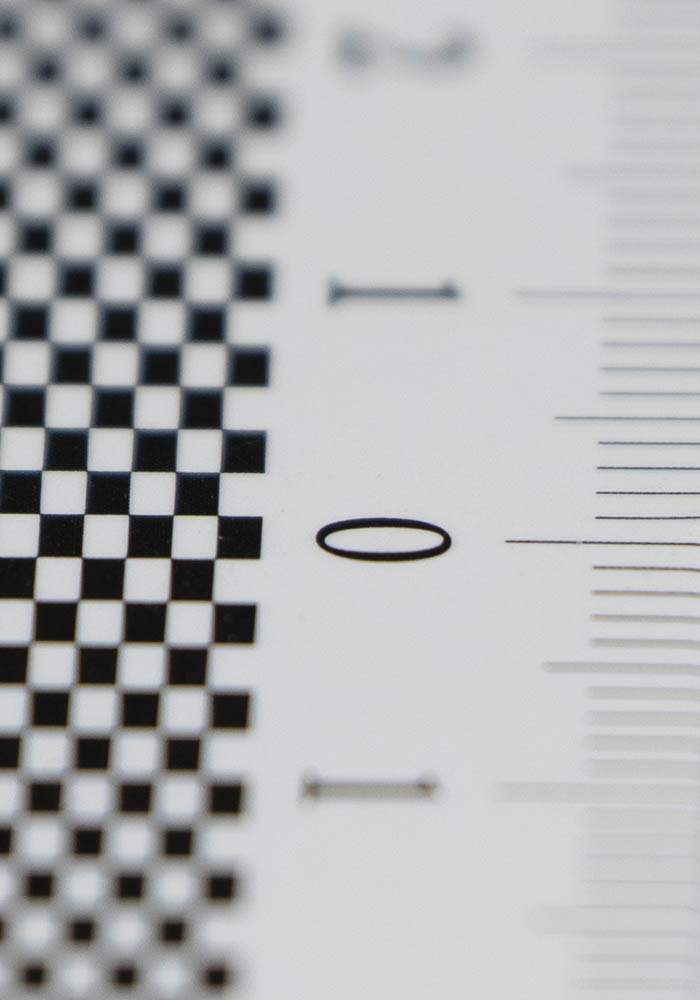
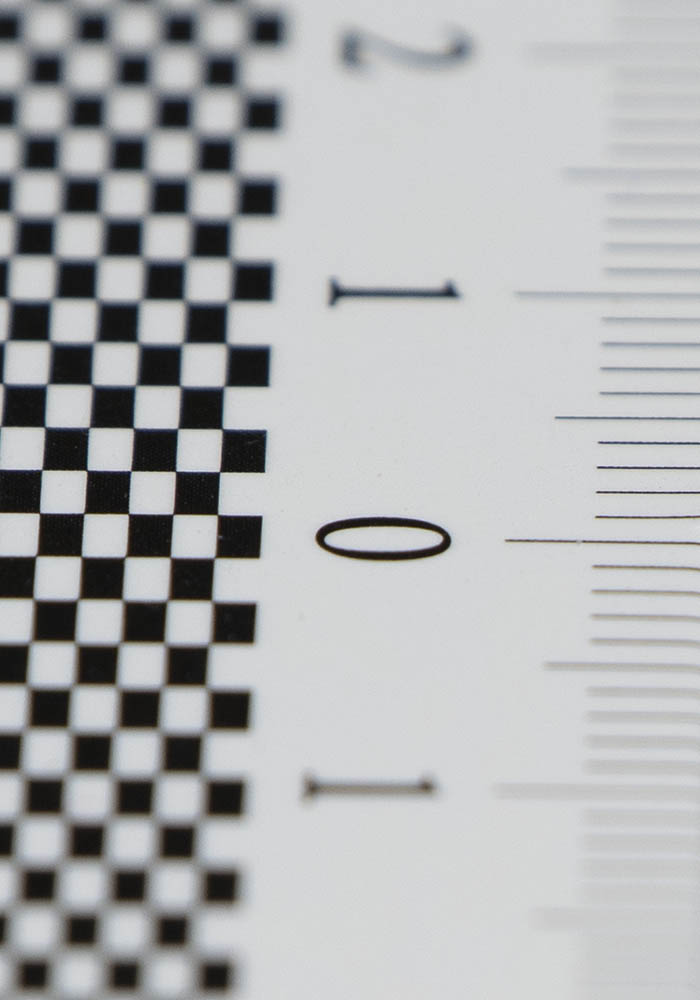
Sample Images
Competition
It is a curious exercise to compare the Tamron 70-180mm f/2.8 Di III VXD (left) to other lenses because it a quite unique design at least in Sony E-mount. The Sony FE 70-200mm f/4 G OSS (center) comes close in size but is a full stop slower. However, it features an optical image stabilizer, a detachable tripod mount and we’d rate the build quality higher – and it doesn’t extend during zooming. Optically, there isn’t too much between the two. They are both very sharp but the bokeh could be better. Price-wise they are similar, too. Then there’s the Sony FE 70-200mm f/2.8 GM OSS (to the right) … at double the price tag. Once again, the performance is similar with a marginal resolution edge for the Tamron in this case. The build quality is much better on the Sony side, of course, and it accepts Sony teleconverters. Realistically, you won’t get the double value for the double price with the GM lens.

Image courtesy of camerasize.com
Verdict
While we have seen similar lenses from Canon, the Tamron 70-180mm f/2.8 Di III VXD is a refreshingly different approach to a fast tele zoom lens in Sony E-mount. With activated image auto-correction, it is capable of producing beautiful results. It's very sharp across the image frame in the lower to mid-range and at least the center sharpness is very impressive at 180mm. Image distortions are nicely corrected and there's just a tad of vignetting at f/2.8 in this case. Lateral CAs are also well controlled. Some flaws become obvious with deactivated auto-correction - namely high distortions and vignetting towards the long end but then few users are probably still using uncorrected images these days. The quality of the bokeh is typical for many lenses in this class. Out-of-focus highlights can be a bit busy and the foreground blur is not ideal. So when it comes to bokeh, primes lenses still rule the neighborhood. That being said - the Tamron lens is one of the very few lenses producing minimal bokeh fringing (LoCAs).
The build quality is on a very decent level. Typical for Tamron lenses, there's an emphasis on low weight rather than (supposedly) super-tough materials - they are using plastics except for the lens mount. That's not necessarily a bad thing though - also because it's a really precisely assembled lens with no wobbly parts even in a fully extended zoom position. Tamron implemented some sealing against moisture but there's no statement about dust protection. If you are expecting a dedicated tripod mount and some switches on the lens - don't. There's a transport lock but that's about it. The AF/MF has to be set on the camera and there's no image stabilizer. The Tamron is not a super-tele so the in-camera IS should usually be "good enough". Generally, we don't see any issue with these simplifications.
Overall it's awesome to see that such lenses can be relatively compact and light-weight - and affordable, too. Kudos to Tamron for providing such an interesting lens. Highly recommended!
-
Optical Quality
-
Build Quality
-
Price / Performance


